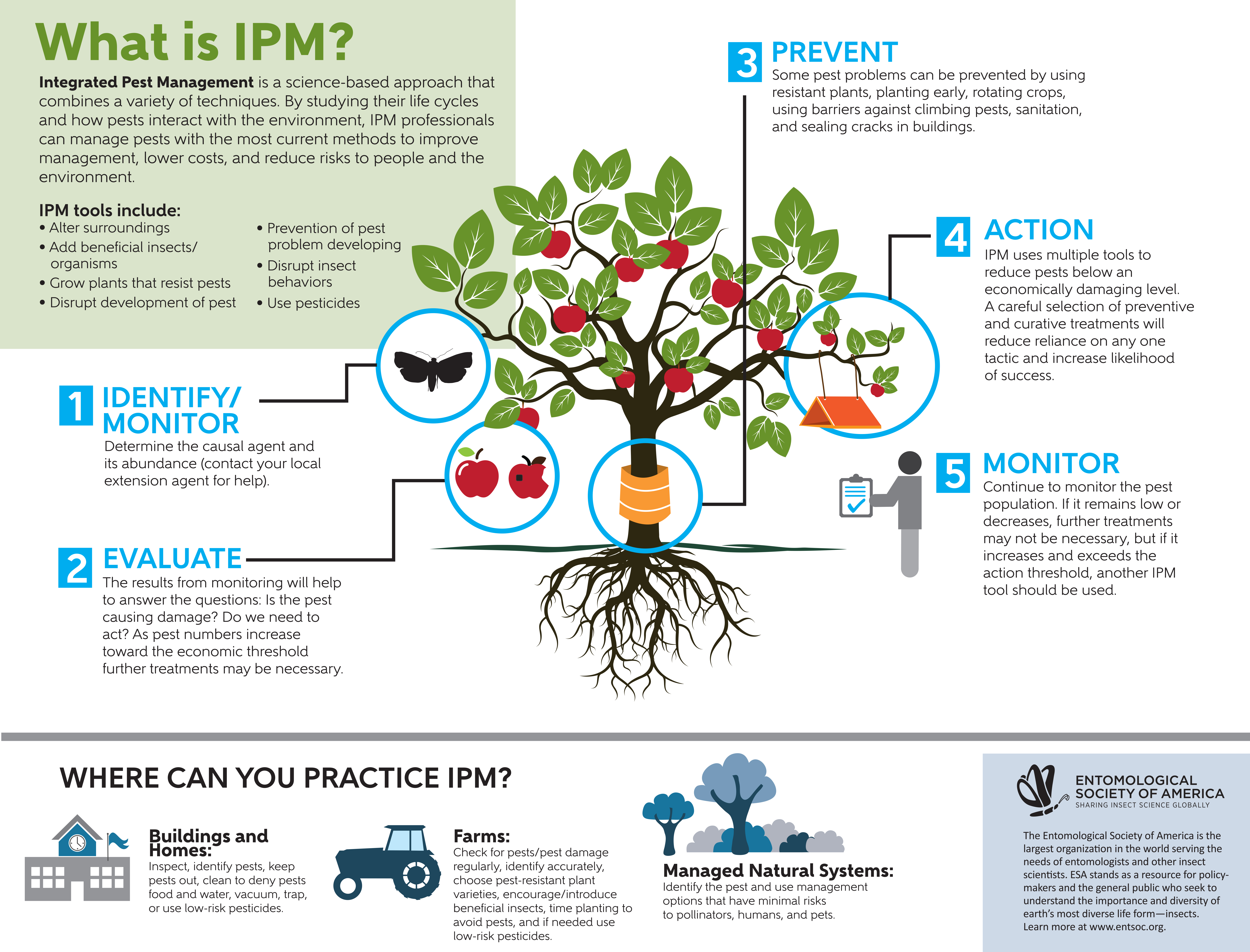Insights From Specialists On Rodent Actions For Successful Bug Control
Insights From Specialists On Rodent Actions For Successful Bug Control
Blog Article
Author-Fitch McNamara
Imagine being able to prepare for the actions of your challengers in a video game of chess, always staying one step ahead.
On the planet of insect control, recognizing rodent actions resembles having that calculated advantage. By gaining professional understandings into the nesting behaviors, feeding patterns, and communication and social behavior of rodents, you can properly deal with these pesky animals.
However how specifically do rodents act, and why is it crucial to recognize? In this conversation, we will decipher the secrets of rodent actions, giving you with important knowledge that will aid you stay in advance in the battle against pests.
Are you all set to discover the tricks of these shrewd animals?
Nesting Habits
To comprehend rodent behavior and successfully control insects, it is necessary to acquire understanding into their nesting routines.
Rodents, such as computer mice and rats, have an all-natural instinct to discover sanctuary and produce nests where they feel secure and safe. These nests function as their homes, breeding grounds, and storage areas for food. Recognizing their nesting behaviors can help you determine potential locations of infestation and apply targeted control procedures.
Rats usually favor nesting in dark, private areas, such as attics, cellars, crawl spaces, and wall voids. They utilize materials like shredded paper, fabric, insulation, and also chewed-up electric wires to construct their nests.
Feeding Patterns
Rats display unique feeding patterns that play a critical duty in their actions and can inform reliable insect control strategies. Recognizing these patterns is vital for applying effective insect control steps.
Rats are opportunistic feeders, suggesting they'll take in whatever food is readily available. They like high-calorie foods such as grains, nuts, and seeds. This is why proper storage space of food and waste management are critical in avoiding rodent invasions.
Furthermore, rats are nighttime, which suggests they're most energetic during the evening when they look for food. By recognizing their feeding patterns, you can strategically place catches and baits to maximize their efficiency.
Keeping food resources inaccessible and maintaining a tidy setting can aid discourage rodents and minimize the danger of invasion.
Interaction and Social Behavior
Understanding exactly how rats interact and communicate socially is important for effective parasite control methods. your domain name , like computer mice and rats, have intricate interaction systems that they utilize to share details to each other and collaborate their activities. Below are https://rowantjzpe.is-blog.com/31962447/the-most-common-parasites-and-exactly-how-professional-exterminator-providers-can-remove-them of rodent interaction and social behavior:
1. Vocalizations: Rats generate a large range of singing noises, including squeaks, tweets, and babbling, to connect with each other. These vocalizations can communicate numerous messages, such as danger warnings or mating calls.
2. Scent marking: Rodents make use of scent glands to leave chemical signals on items and in their atmosphere. These scent marks function as territorial borders and connect info about reproductive standing, dominance, and social affiliation.
3. Social hierarchy: Rodents have a hierarchical social structure, with dominant individuals having accessibility to sources and preferred nesting sites. Recognizing this power structure is very important for targeting pest control initiatives and recognizing key people for removal.
Verdict
So, there you have it - a brief glance right into the interesting globe of rodent behavior. By comprehending https://how-to-remove-toilet-stai49494.thelateblog.com/26271042/get-rid-of-parasites-permanently-with-professional-pest-control-specialist-remedies nesting practices, feeding patterns, and communication, we can better take on the issue of pest control.
Did you understand that a women mouse can create up to 10 clutters each year, with each trash consisting of around 5-6 puppies? This astonishing fact highlights the value of timely and effective insect monitoring to stop rodent populations from spiraling unmanageable.
